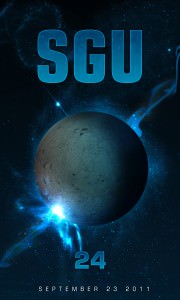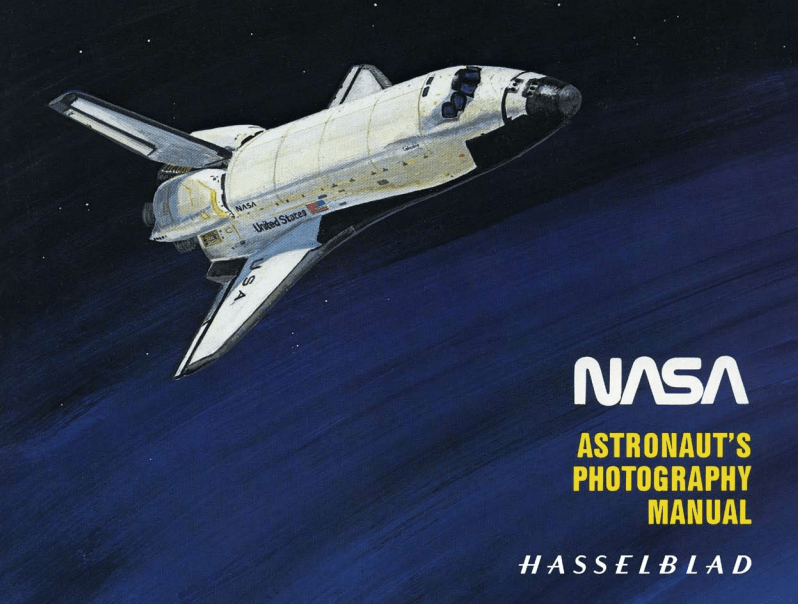Our good friends at the Skeptic’s Guide to the Universe are about to punish themselves in a feat of skepticism that will shock and amaze mankind for generations to come. What will be seen, can never be unseen!
To help raise money for the show, the rogues have decided to put on a 24-hour video show, drawing in legends and supporters from across skeptic-kind. At some point you’ll see Adam Savage, Phil Plait, Richard Wiseman, Brian Brushwood, Richard Saunders, George Hrab, and more.
And you’ll also see me and Dr. Pamela Gay, my co-host from Astronomy Cast (I think we’re scheduled for 3pm Eastern time on Saturday).
The show gets started at 8:00pm Eastern Time on Friday, September 23rd, and runs for 24 non-stop hours.
You can find more, and actually watch the show here.
And if you really want to show your support for the SGU, take a moment and donate. Show them how much you appreciate their science news and skepticism.




